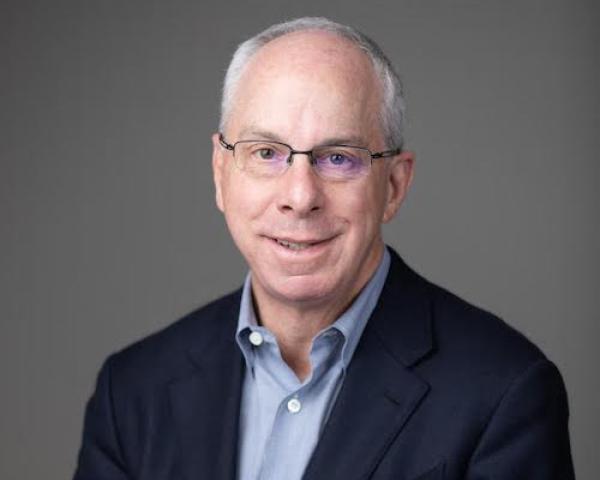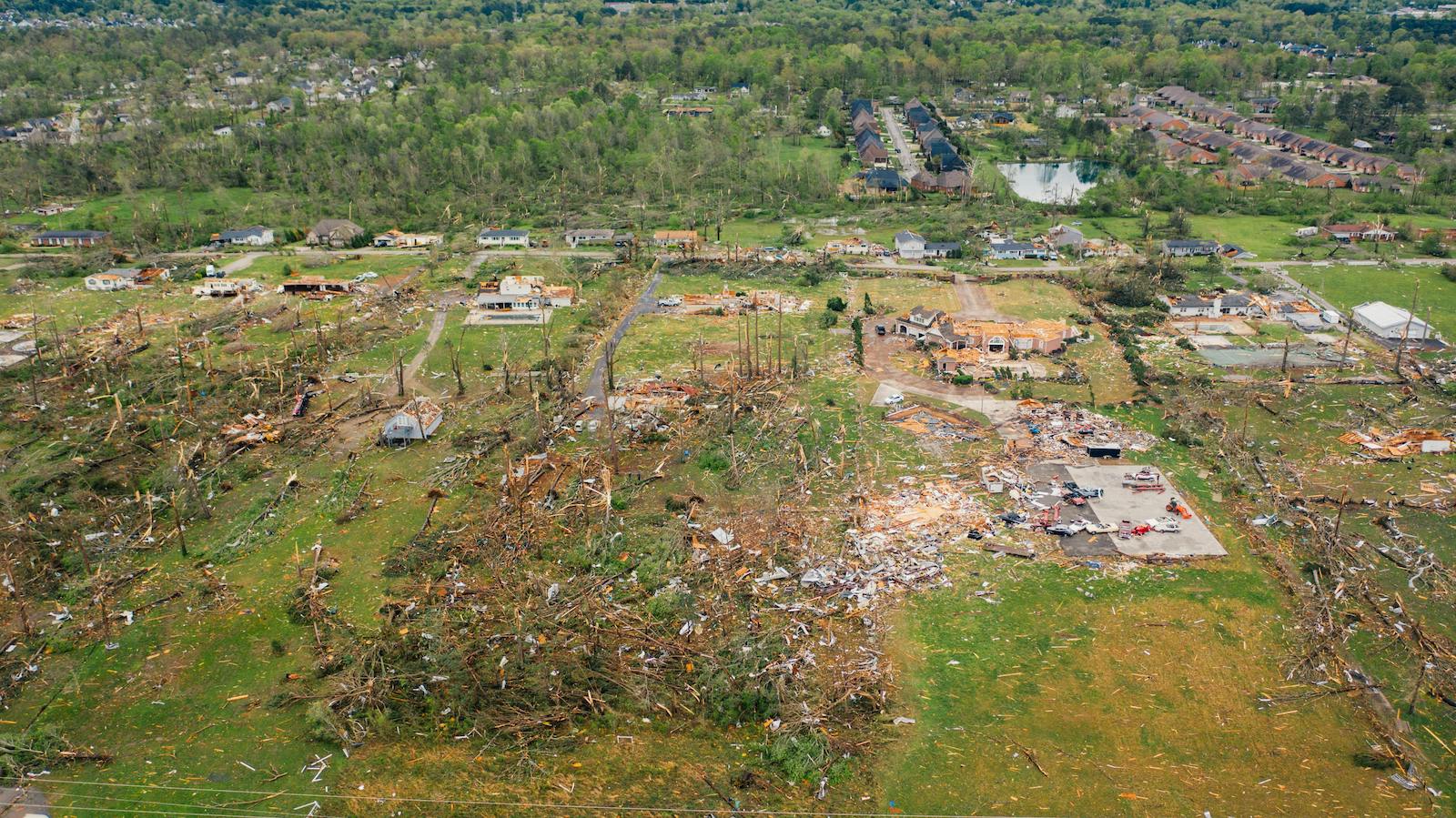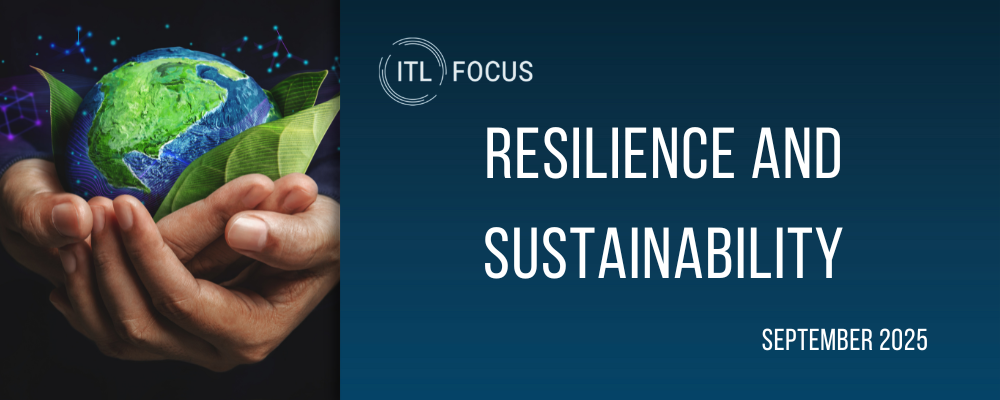KEY TAKEAWAYS:
--A combination of advanced technologies, including satellite imaging, allow for significant mitigation of risks.
--After a storm does hit, damage is assessed on the fly — so people can get the help they need faster, without having to wait for assessors to hit the ground or policyholders to call their claim in over the phone.
----------
Natural disasters cost insurers approximately $120 billion last year, according to multinational insurance company Munich Re. For an industry that’s valued in the trillions, this number may not concern most people; however, what affects the insurance industry affects the economy, public policy, climate change regulations and policyholders — to name a few.
In Australia, climate change-induced weather events have cost each household an average of $888 over the past 10 years, according to the Insurance Council of Australia, which says the figure will soar to $2,500 a year by 2050. The continent is especially vulnerable to climate change, from extreme heat and brushfires to floods and cyclones. The Climate Council estimates that, by 2030, one in every five Australian properties will be uninsurable.
Lessons Learned From Oz
Those environmental threats, together with Australia’s regulatory landscape, have catalyzed insurers to embrace and adopt new technology quicker than what we’ve seen in the U.S.
For starters, in Australia we’ve reimagined traditional event response. Given the pace and amount of severe weather events, we don’t have the luxury of relying on reactive tactics. If insurers continue waiting until storms clear to initiate recovery and assessment efforts, the cost to them, policyholders and the economy will continue to tick upward.
At Arturo, our approach is proactive. We use AI-powered models that draw on strategic partnerships with ICEYE and Vexcel Imaging and that have integrated weather, proximity and other key geographic information, bridging disparate data sets to unlock insights on property. We integrate past, present and future-modeled insights and environmental impacts so carriers can warn people of potential threats and recommend steps to safeguard property.
After a storm does hit, we’re able to assess damage on the fly — so people can get the help they need faster, without having to wait for assessors to hit the ground or policyholders to call their claim in over the phone.
We’ve worked with the two largest insurance carriers in Australia to make the claims process faster and shorten the time it takes to repair properties. Carriers benefit, too, because we’ve seen assessors shave off an average of 30 minutes per claim — that’s nearly nine years saved if a carrier is processing over 152,000 claims annually.
See also: How Blockchain Enhances Reliability, Speed
Pervasive Threats Require Innovation and Reimagination
Carriers cannot underestimate the systemic impacts of climate change. The increasing frequency of catastrophic events and regulatory pressures will require insurers to rethink their business models. We saw this firsthand throughout our work in Australia as more stakeholders, from policyholders to regulators, demand carriers go beyond assessing risk and implement mitigation measures.
Catastrophic events can be truly devastating for a community that has to contend with the lives that have been lost and take on the overwhelming task of figuring out how to rebuild. That’s why the proactive approach is so powerful for people — there is one less thing for them to worry about.
The U.S. insurance industry has an opportunity to reshape the way carriers approach event response and risk mitigation and can learn from Australia. The time to refocus on the policyholder experience is now.






